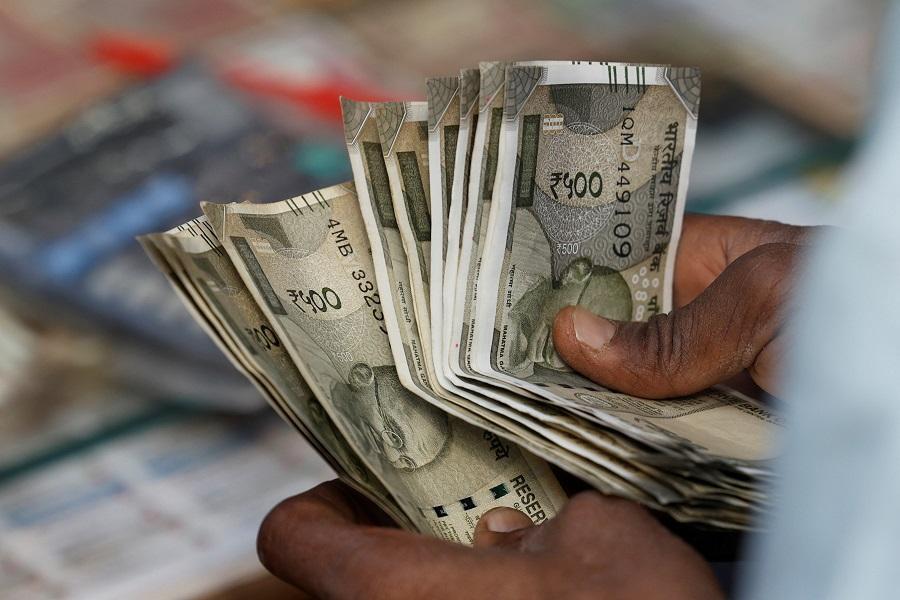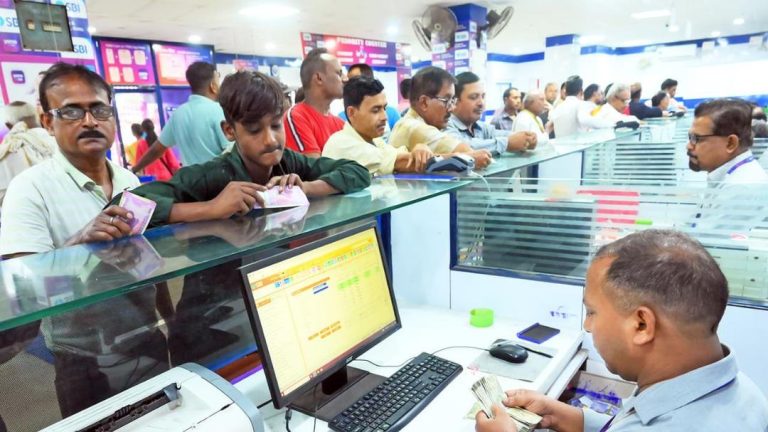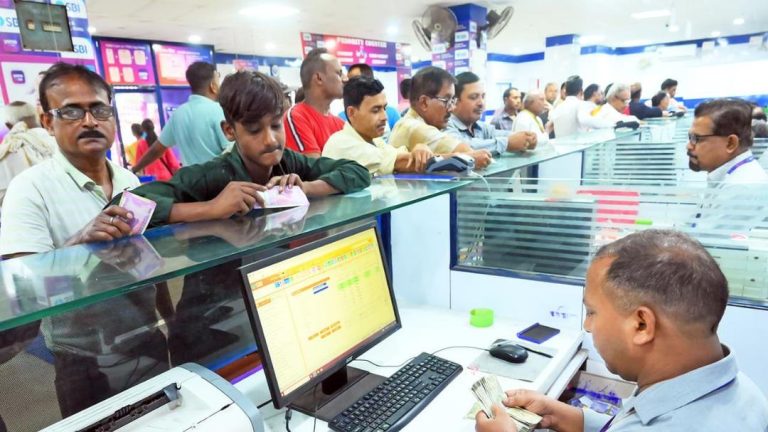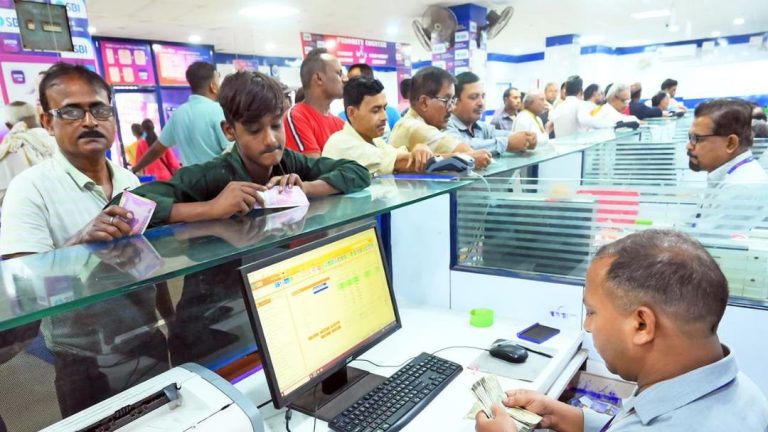
Rupee Set to Open Weaker as Trump Threatens 25% Tariff on Exports
The Indian rupee is likely to open weaker on Thursday after U.S. President Trump threatened a 25% levy on Indian exports, despite ongoing talks between the two nations. The news has sent shockwaves through the currency markets, with traders expecting the Reserve Bank of India (RBI) to intervene to stabilize the rupee, which is nearing its record low of 87.95.
The 1-month non-deliverable forward (NDF) suggests an opening range of 87.66-87.69, versus 87.42 previously. This indicates that the rupee is expected to weaken further, with some traders predicting it could even breach the 88 mark.
The threat of a 25% tariff on Indian exports comes at a time when the Indian economy is already facing significant challenges. The country has been struggling to recover from a slowdown in recent years, with GDP growth rates falling to a six-year low. The imposition of such a tariff could have severe consequences for India’s economy, including a significant decline in exports and a rise in imports.
The rupee has been under pressure in recent weeks, driven by a combination of factors including a widening current account deficit, high crude oil prices, and a decline in foreign portfolio investors’ (FPIs) interest in Indian equities. The currency has already weakened by around 7% against the US dollar this year, and the threat of a tariff could accelerate this decline.
In response to the news, the RBI may be forced to intervene in the currency market to stabilize the rupee. This could involve the central bank selling dollars on the market to reduce the pressure on the currency. The RBI has a history of intervening in the currency market, particularly during times of market volatility.
The imposition of a 25% tariff on Indian exports would be a significant development, and could have far-reaching consequences for the country’s economy. It would not only affect Indian exporters, but also have a broader impact on the country’s GDP growth rate and inflation.
The tariff would also likely lead to a rise in imports, as Indian companies would be forced to look for alternative sources of supply to avoid the higher tariffs. This could lead to a surge in imports, which could put pressure on the country’s fiscal deficit and inflation.
In addition to the economic implications, the tariff could also have significant political consequences. The move could be seen as a major blow to India’s relations with the US, and could lead to tension between the two nations.
The timing of the tariff threat could not be worse for India. The country is already facing significant economic challenges, including a slowdown in GDP growth and a decline in foreign portfolio investors’ (FPIs) interest in Indian equities. The imposition of a tariff would only add to these challenges, and could have a significant impact on the country’s economy.
In conclusion, the rupee is likely to open weaker on Thursday after U.S. President Trump threatened a 25% levy on Indian exports. The RBI may be forced to intervene in the currency market to stabilize the rupee, and the imposition of a tariff could have significant consequences for India’s economy and relations with the US.




